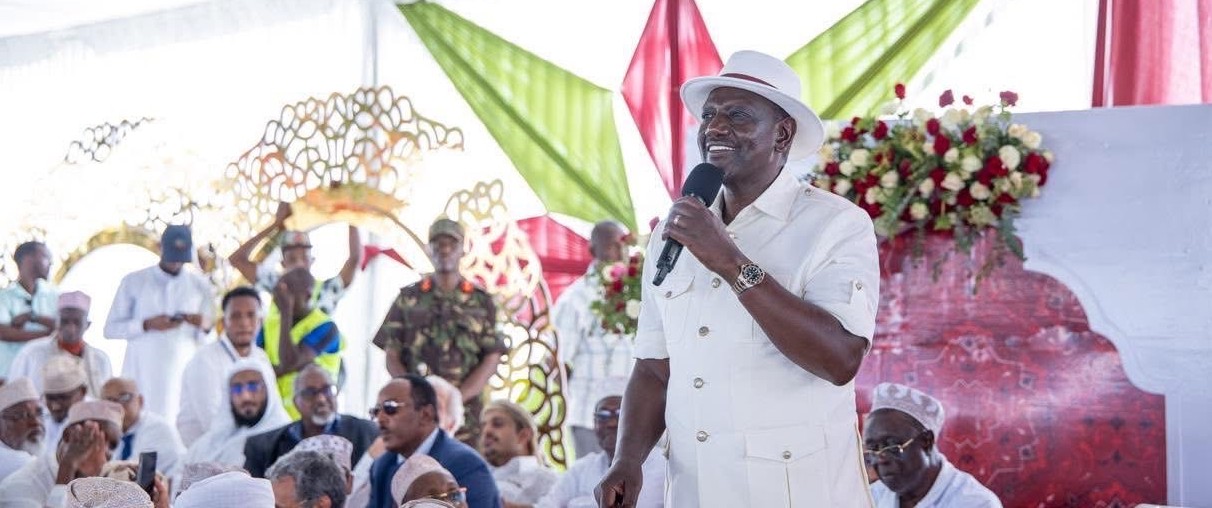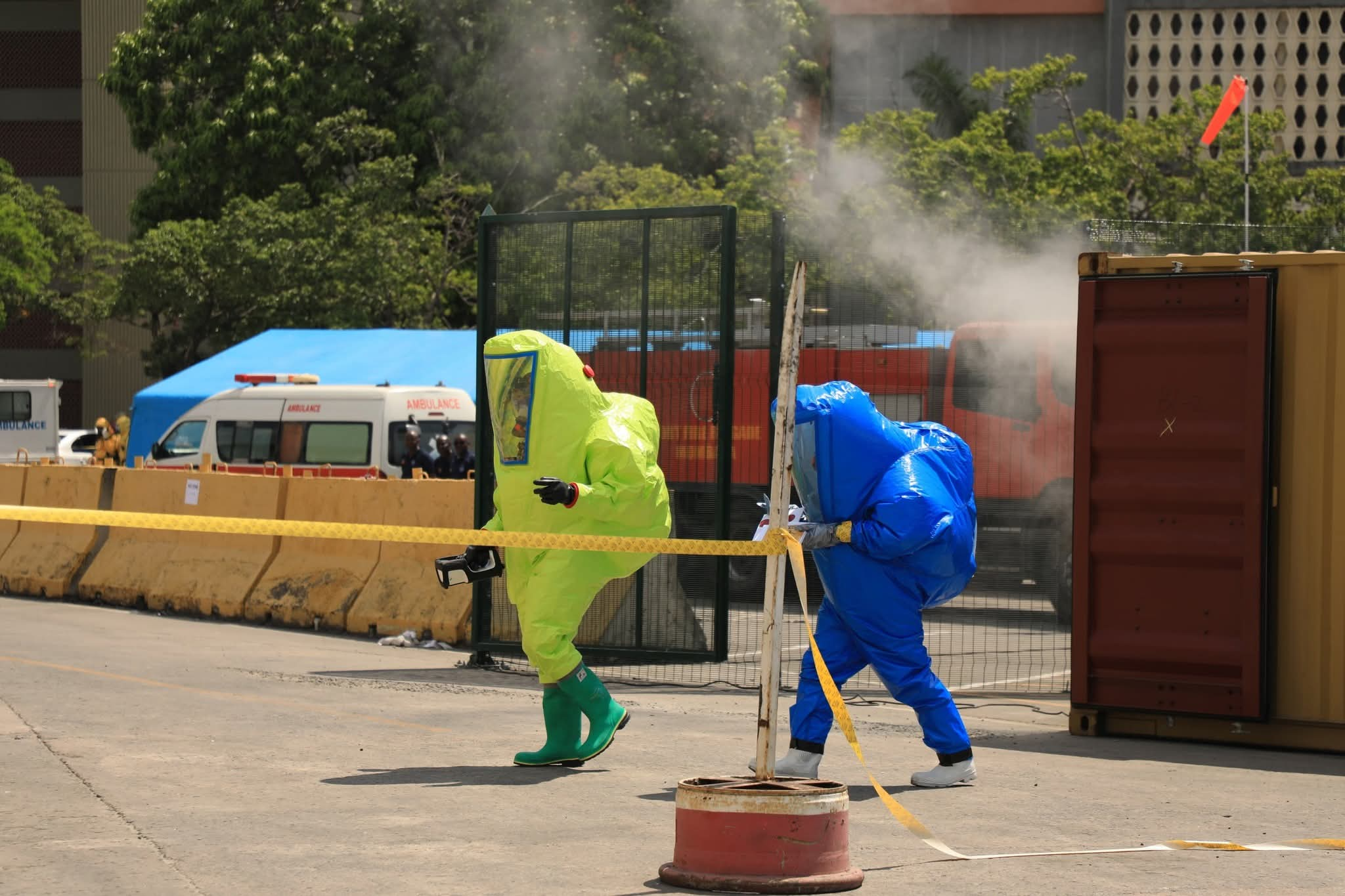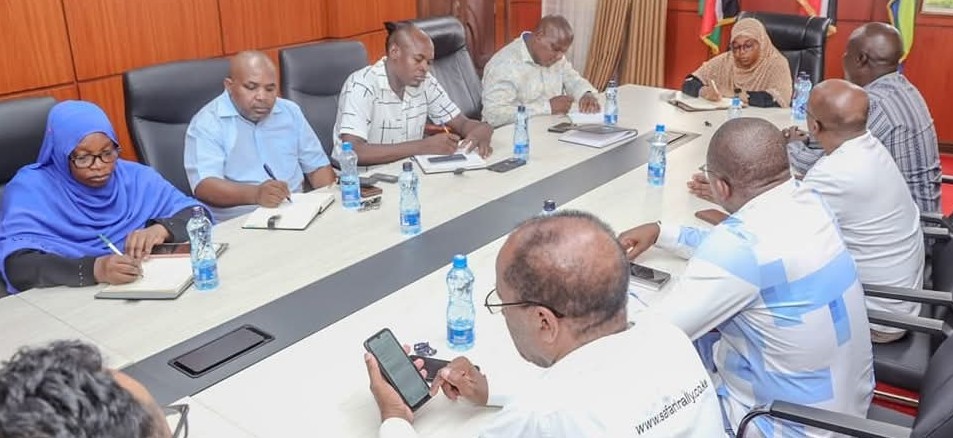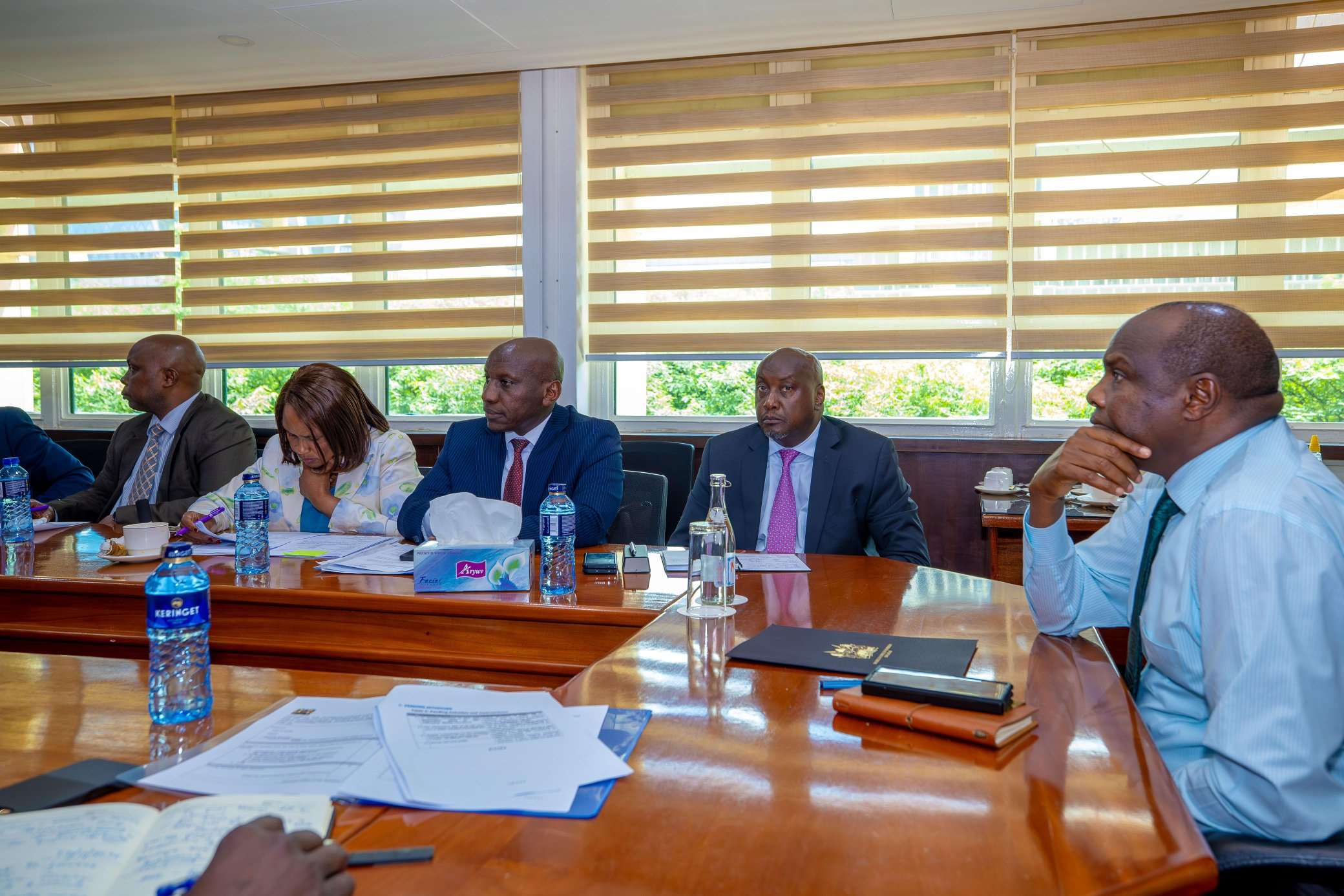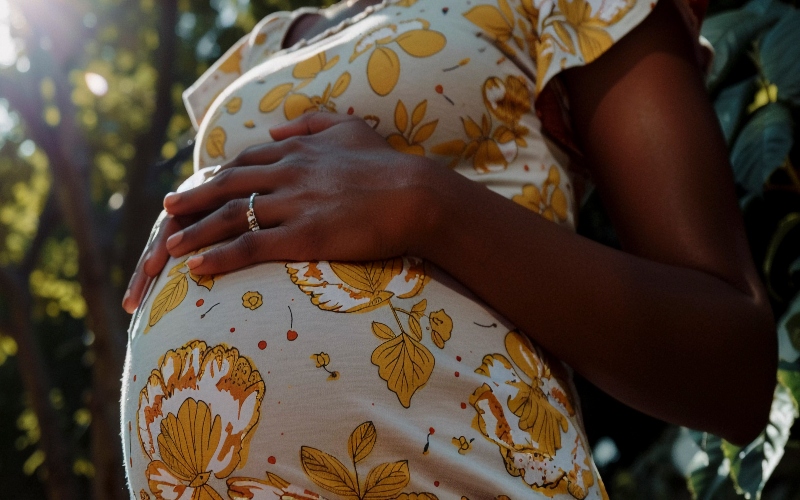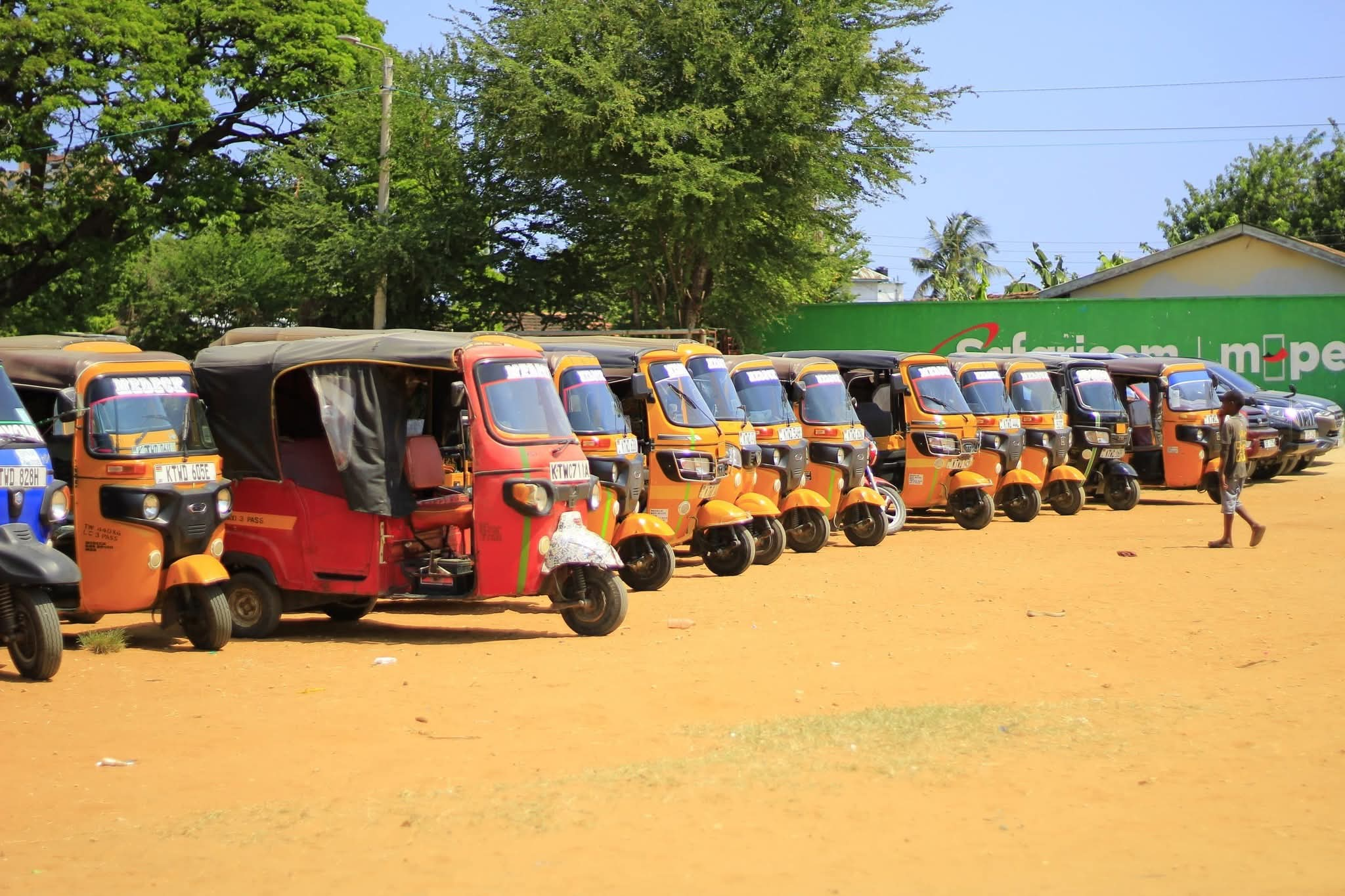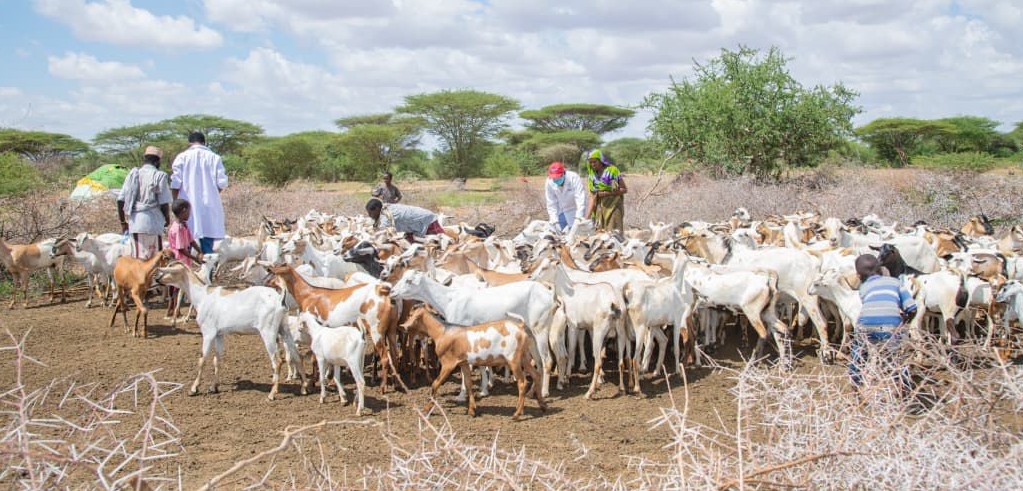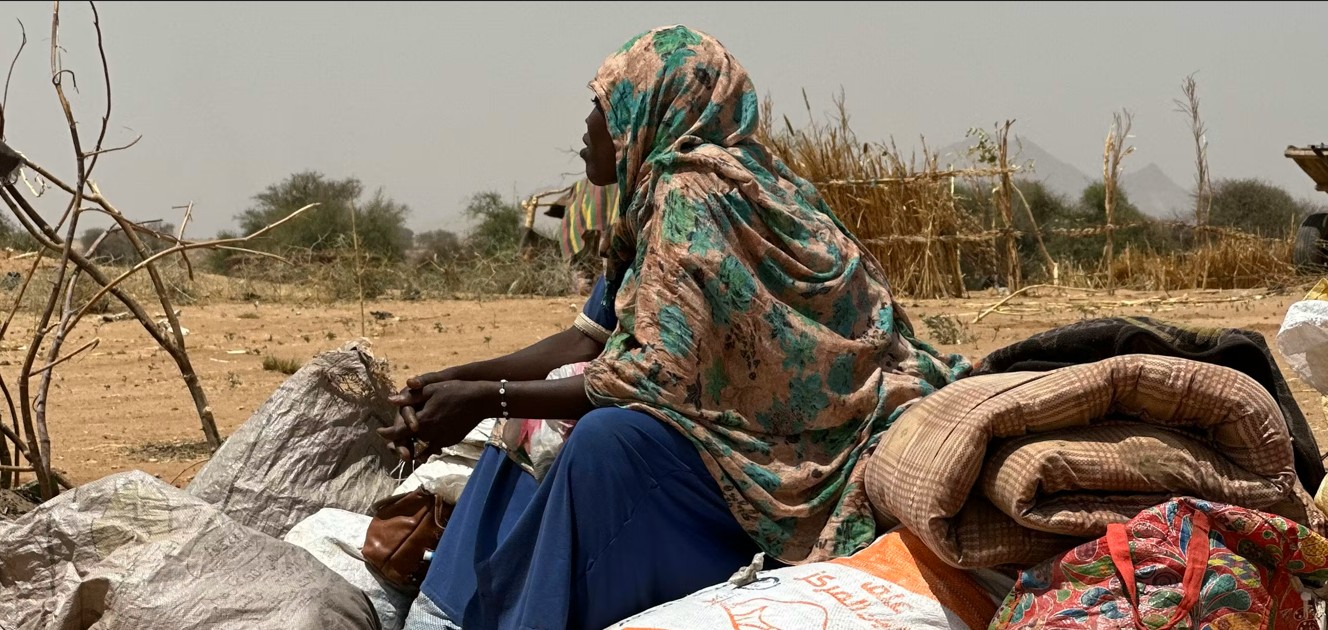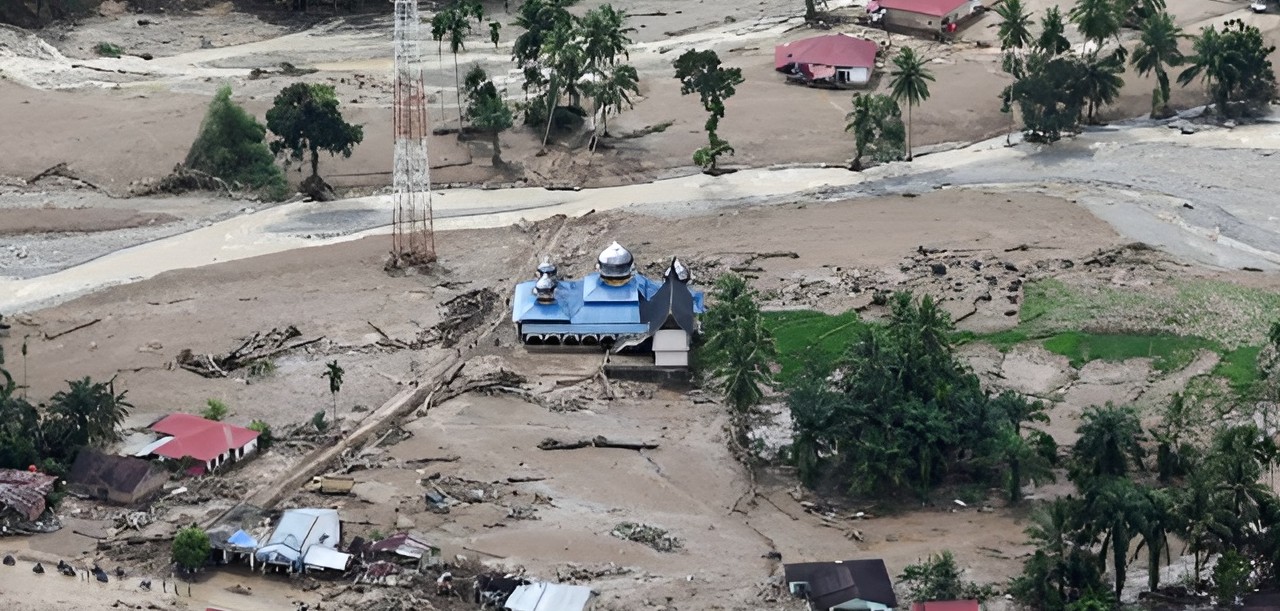Kenya faces rising human-wildlife conflicts with 255 dead amid habitat loss, poaching
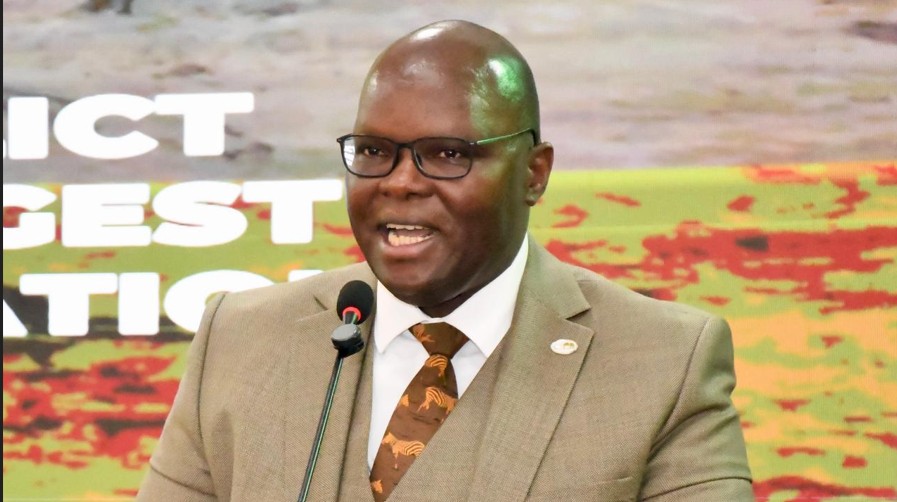
The government now says it requires over Sh1.2 billion to compensate victims, warning that poaching, closure of wildlife corridors, and human encroachment could further worsen the crisis.
More than 26,000 cases of human-wildlife conflict have been reported in Kenya over the past two years, leaving 255 people dead and hundreds more injured.
The government now says it requires over Sh1.2 billion to compensate victims, warning that poaching, closure of wildlife corridors, and human encroachment could further worsen the crisis.
More To Read
- Counties intensify pressure on national government over park revenue-sharing model
- Wildlife traffickers arrested in Laikipia as police seize 18kg of elephant ivory worth Sh3.6 million
- Rescue mission launched to save Masai giraffes trapped by fences in Naivasha
- Lewa, KWS launch vulture tracking project to boost raptor conservation
- Rare eastern black rhino calf born in Chyulu Hills, boosting critically endangered population
- Conservationists demand probe into relocation of orphaned giraffes from Wajir to Nanyuki
Speaking during the Second Wildlife Scientific Conference at Lake Naivasha Resort, Kenya Wildlife Service (KWS) Director-General Erastus Kanga revealed that 725 people had been seriously injured, with some suffering lifelong disabilities.
“For the government to compensate the 255 people who lost their lives, over Sh1.2 billion is required, and these are funds that could have gone to better use,” he said.
He added that wild animals had also killed more than 5,200 livestock, stressing the importance of stronger community engagement to reduce conflict.
Threats to wildlife conservation
Head of Public Service Felix Koskei raised concern over the mounting threats to wildlife conservation, citing climate change, habitat loss, and human activities as the main drivers. He urged scientists to scale up research to find solutions.
“Many of these challenges, which include loss of habitat, closure of wildlife corridors and poaching, can be addressed through science-driven data,” he said.
Koskei admitted that funding for research remained limited but assured that the government was progressively increasing the budget.
“Wildlife science is very critical in the conservation of our wild animals and game parks, and more resources are needed towards this,” he added.
Endangered and endemic species
Wildlife Research and Training Institute (WRTI) Director Patrick Omondi announced the launch of a registration exercise for all endangered and endemic species in Kenya. He also revealed that a national wildlife portal was being developed to improve data collection and tackle conservation challenges.
“Currently, we are reviewing data from the recently conducted census before releasing it in the next couple of weeks,” he said.
Tourism and Wildlife Cabinet Secretary Rebecca Miano confirmed that the government is working on a policy to establish a wildlife regulator.
“After engaging stakeholders, it has been decided that we require a wildlife regulator as part of protecting wildlife and improving conservation,” she said.
During the conference, experts identified land-use changes, infrastructural development, increasing human and livestock populations, and habitat loss as major threats to wildlife.
The government described the trend as worrying, warning that failure to act could escalate human-wildlife conflicts in the years ahead.
Top Stories Today
